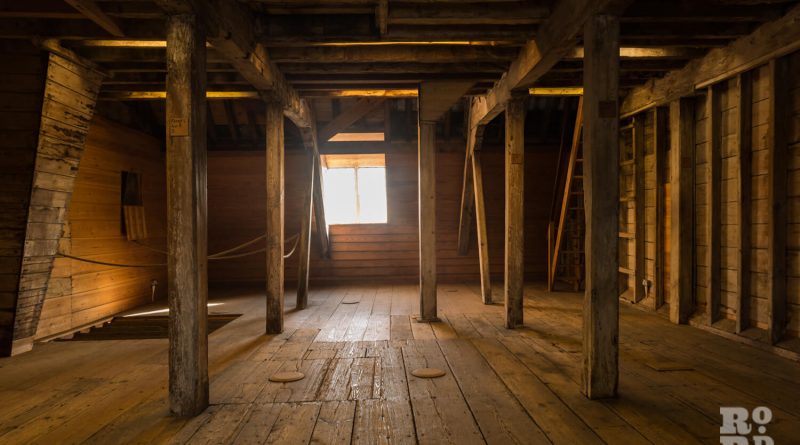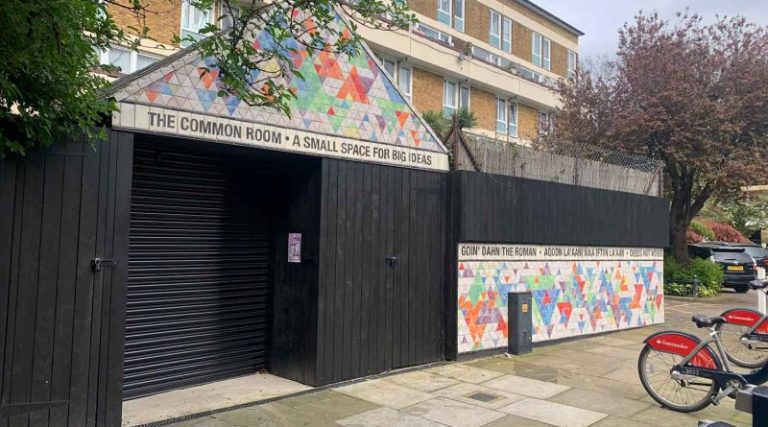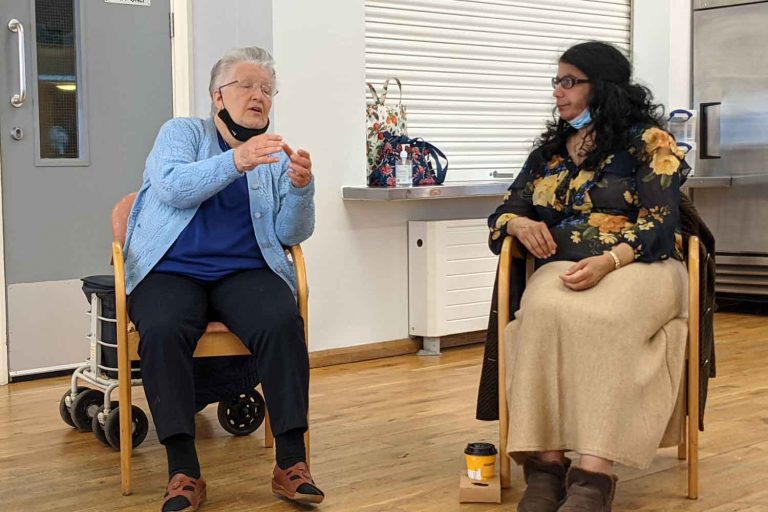The House Mill – industry, craftsmanship, and a boatload of gin
Saved from demolition in the 1970s and since restored with painstaking care, the House Mill, which used to be home to Nicholson’s Gin, today wears many hats.
The House Mill has weathered many storms in its time. It has endured the Blitz, scavengers, and Olympic redevelopment. It wears its age with an elegance that defies its past. On a sunny afternoon in East London there are few better places to explore.
The building has a mythical aura. Milling activity on its Bow Back Rivers site dates back to at least 1086, the building as it stands today shares its birthday with the United States of America, and for two centuries it was responsible for countless Londoners getting blind drunk. Such a resume would beggar belief if the building was gone. But it’s not. It has survived, and is now one of east London’s most pristine time capsules.
Saved from demolition in the 1970s and since restored with painstaking care, the House Mill wears many hats nowadays. Tours, weddings, exhibitions, gin tasting, music, and more go on under its old roof. Further renovation plans are in the works to return the site to its former watermilling glory, but much hangs, as it so often does, on volunteers united by a shared passion.
With Spring fast approaching, the House Mill is preparing to open its doors once again. Its ‘season’ of May to October is approaching; a fine excuse to delve into its past, capture its present, and see glimpses of its future.
A five story time capsule
Built in 1776 by Daniel Bisson, the son of a Huguenot baker, the current House Mill sits on Three Mills Island atop the River Lea, a site with milling history dating back to Domesday Book. Its south facade, peppered with a neat grid of windows and doors, looks the same today as would have in the time of Dickens.
In true East London fashion, most of the House Mill’s life was dedicated to the production of gin. Coming hot on the heels of the Gin Craze, the building plugged into a local industry that would have employed hundreds in the area. In 1872 the House Mill became the London home of Nicholson’s Gin, and continued to operate until 1940.
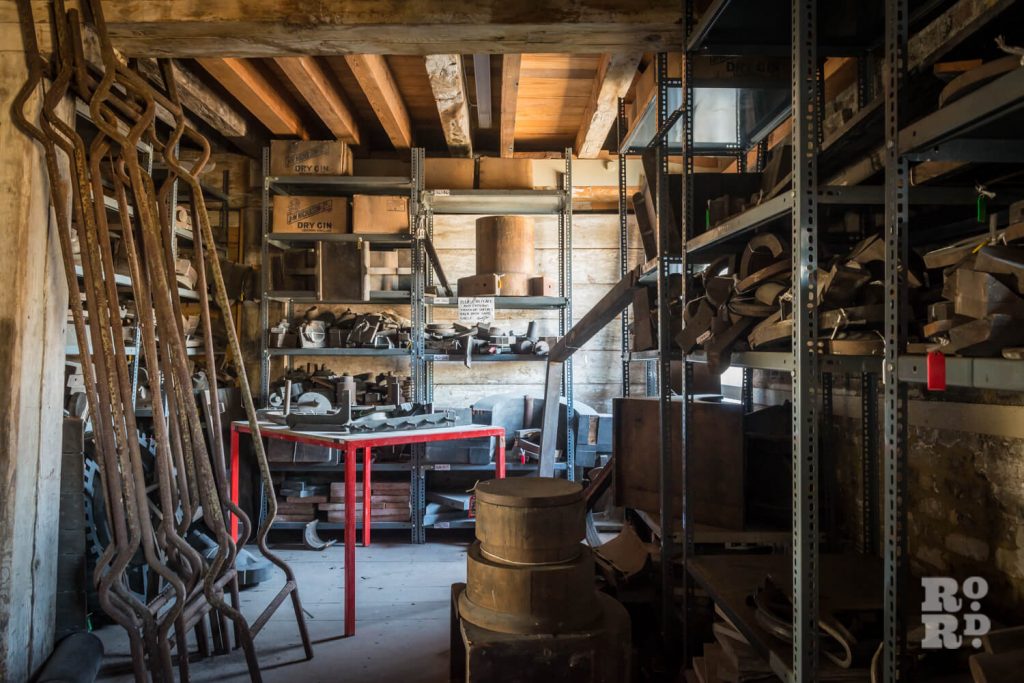
The House Mill today has marks of the 18th, 19th, 20th, and 21st century on it. It is one of few industrial buildings along the River Lea that has not been swept aside by post-Olympic development. Once a whirring, unending workhouse, it has transitioned into something of an oasis.
Inside the House Mill looks like an old ship. This is largely because it was built with pieces of old ships. Repurposed ships knees – specially grown pieces of curved wood – brace the ceilings. Beams, planks, and chutes are pieced together like an enormous jigsaw. On golden days light floods through the old windows and caresses every delicate detail.
The walls and ceilings throughout are dotted with do-it-yourself fix up jobs from centuries past. Patches of leather and tin hammered over holes – the 18th century equivalent of using gaffa tape on a cracked masonry – now bask in Grade I protected status.
Although much of the mill’s modern, metal machinery was stolen during the its derelict phase, much of the original Huguenot technology is still there. Volunteers at House Mill have gone to old mills in northern France that work exactly the same way. Several of the original grinders have been restored, and their bells are some of the last ever made by the Whitechapel Bell Foundry.
This is not to say the House Mill is perfectly preserved. When the building was saved from demolition in the 1970s it was still in need of major repairs. As a Grade I listed building restoration work couldn’t ‘pretend’ to be old, and the result is a beautiful patchwork.
Old carpentry mingles with new to give an intuitive sense of what was and why. Implicit in the mill’s restoration, masterminded by Julian Harrap, is the story of its life. It has been preserved with evident love, a great big wood and stone time capsule unlike anything else in east London.
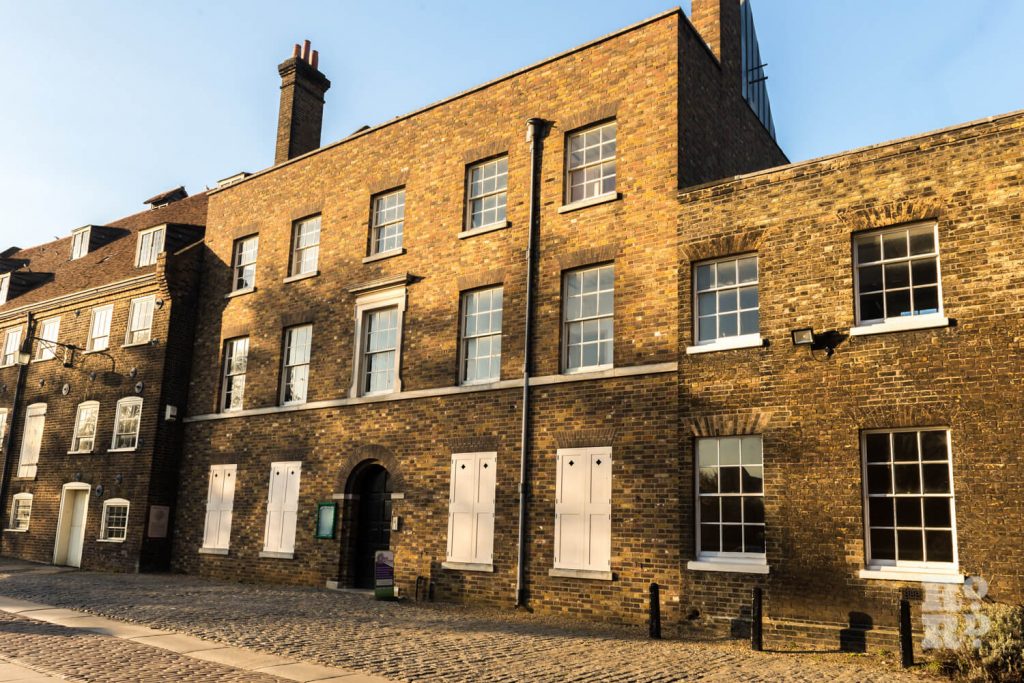
Our house
Who the House Mill ‘belongs’ to is a slightly contentious point. Part of Newham, a stone’s throw away from Tower Hamlets, and with an E3 postcode, the diplomatic answer is to say it belongs to east London, a stunning testament to its industrial history (and fondness for gin).
Its revival up this point has been made possible by volunteers. Such is the scope and history of the place that just about anyone can find something to love doing there. Some conduct tours, others conduct repairs and maintenance. They are always on the lookout for more.
There are hopes to restore the House Mill to working order, to use its four water wheels for generating electricity and grinding grain in much the same way it was 200 years ago. As was the case with the initial restoration, this hangs on the dual income of grants and donations. Should the mill raise the sums required the East End could have a piece of Victorian London whirring away on the River Lea once again.
If you like this piece you may enjoy reading about Kidd & Co, the Fish Island ink works that powered Fleet Street for 200 years

